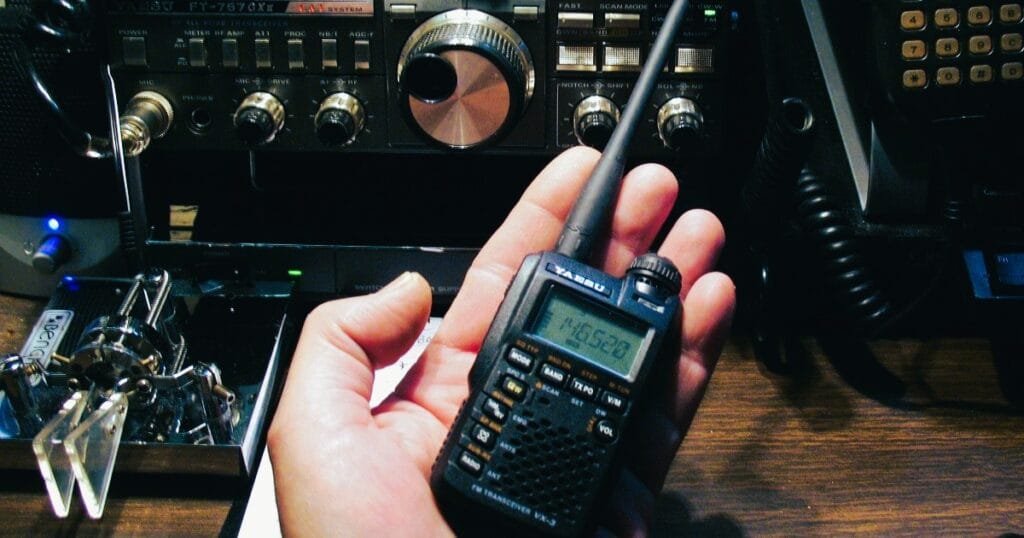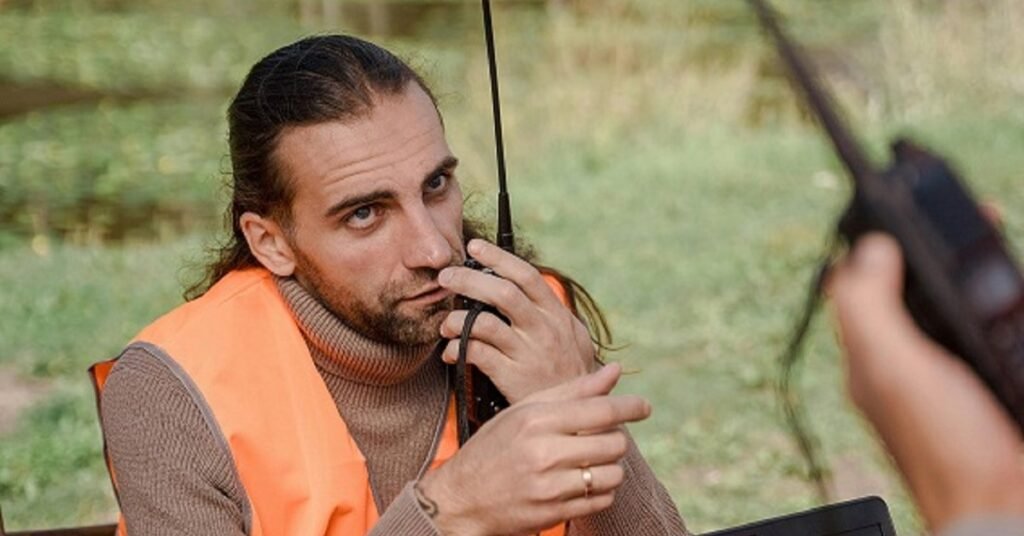Table of Contents
ToggleWalkie Talkie Range: How Far Can Mobile Walkie-Talkies Really Connect?
Welcome back to TalkieTrail.com. If you have ever found yourself anywhere with a pay as you go walkie-talkie thinking “how far does this really work? You are far from alone! Believe me, I have had my fair share of those annoying times. So, armed with a selection of walkie talkies at different wattages and the cheapest repeat I could find, plus my ham radio review guide – that section is getting well visited- hunting down the magical range has become a bit of an obsession. We will focus on the factors that determine how much you can increase puffing and what to do in order for your walkie talkie to perform well. Ready? Let’s plunge in!
The Basics: Understanding Walkie-Talkie Range
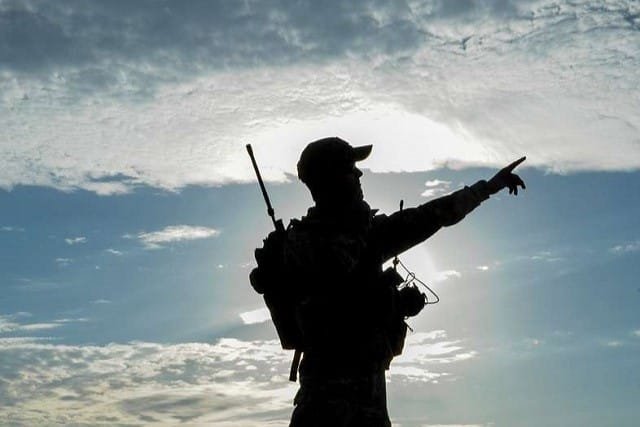
For starters, the factors that determine how far away your mobile walkie-talkies connect. Said packaging might say 30 miles or more, but as I’ve experienced first-hand, it’s a far cry from that. There are various factors that determine how far you will be able to talk on your walkie-talkie, and being able to recognize them can inform the kind of performance one could reasonably expect from a set, as well as any tactics they may use to improve said range.
Power Output: The Engine Behind Your Signal
Power output powers your signal, consider it as the engine for generating signals. As the power in watts increases, also that of its range. Consumer-grade walkie-talkies typically use between 0.5 and 5 watts Though bumping your power output way up is likely to extend the range as much, be warned that it can kill off the battery faster. If you want your talk to travel further, better battery life is an obvious issue but getting the balance between power and mileage in a handheld comms device like this.
Frequency Bands: UHF vs. VHF
Not all frequency bands are created equal, which becomes especially clear when considering range. Handheld radios normally operate on one of two primary frequency bands: UHF (Ultra High Frequency) or VHF (Very High Frequency), which are widely utilized for communication in a variety of settings. UHF, which extends from 400 to 512 MHz, is ideal for navigating urban situations, including buildings and congested neighborhoods. However, its range may be limited in open areas. VHF, on the other hand, runs between 136 and 174 MHz and is best suited to open, outdoor areas. If you want to use your walkie-talkie in a forest, field, or on a mountain route, VHF is your best option for greatest range.
Get clear details about VHF and UHF walkie-talkies and which one is best for long range. Click here.
Spotlight on Ham Radio: Terrain, Range and the Law
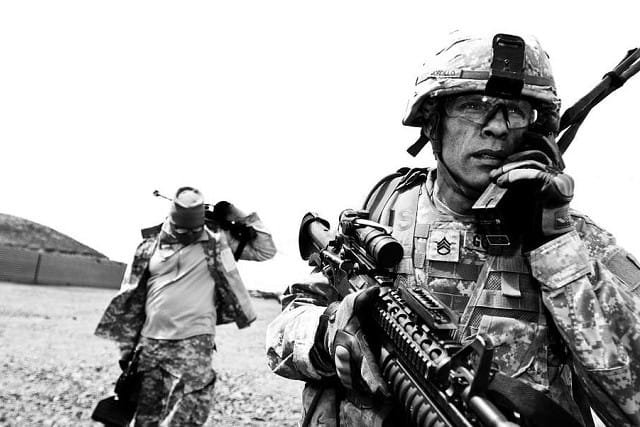
Next, we will talk about one of the most important factors affecting your walkie-talkies range: terrain. When your signal goes through buildings, forests, hills or even mountains — it gets weakened. The presence of numerous obstacles in the way, decreases your effective range. If you so choose to broadcast from a high point such as the top of a hill, or in an open field with no obstacles between you and your plant — then range will certainly increase by leaps and bounds. It’s like all of those ham radio reviews on where the good spots are to start making more sense.
Antenna Quality and Placement: The Unsung Hero
Your walkie-talkie’s antenna is like a secret weapon. A high-quality, well-placed antenna may greatly increase signal strength and range. A longer antenna can increase your range, but it must be positioned appropriately. Always keep your antenna erect and as clear of impediments as possible. When using your portable radio in a car, consider purchasing an external antenna to boost signal reception and overall communication effectiveness. This easy modification can improve your connection experience by allowing you to reach farther than the built-in antenna.
Does an antenna really help extend your connection? Click here for details.
Atmospheric Conditions: The Wild Card
It seems crazy but the weather itself has an effect on your walkie-talkies overall range. It is possible for atmospheric conditions such as fog, rain … and even the activity of the sun to affect your signal. Although, those are issues that you do not really have control over for the most part but it is important to take note of them. For instance, humidity and levels of precipitation can be anywhere between extreme (limit your range greatly) to trivial.
Practical Range Expectations: What You Can Really Expect
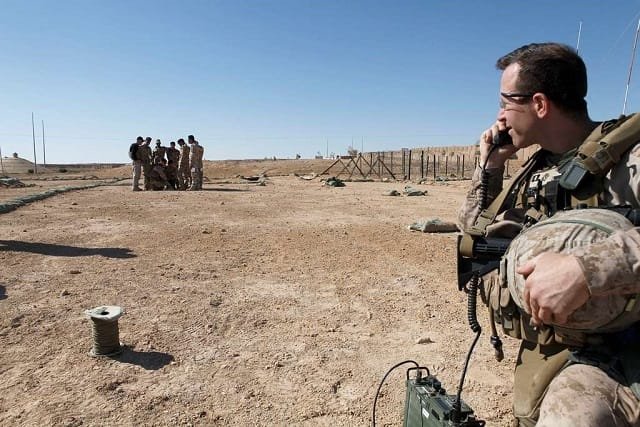
After discussing the main range factors, we can now go over what kind of performance you should expect from your walkie-talkie. The kind of walkie talkie you are using—be it hobby or professional, or a high-power model that has an integrated repeater module—is going to largely determine how far your reach will be.
Consumer-Grade Models: Everyday Use
Many people have consumer-grade two-way radios in the home for hiking trips, around town and camping. In a perfect world, wide-open fields with little interference this range is around 1 to 5 Kilometers. But even in a city with buildings and other interference, you may be able to reach at least one mile.
Professional-Grade Models: Serious Communication
For greater communication over a larger distance, you would be best served with Professional-grade walkie-talkies. Intended for high traffic situations, such as emergency services or major outdoor events. These suckers go from 5-20 miles under ideal conditions. But, as always, urban obstacles will put a serious cap on that range.
High-Power Units and Repeaters: Pushing the Limits
If you need to cover a larger area more than seven thousand square feet, you might need a high power output. For that you may use a high output walkie-talkie model or a repeater. In this case I always prefer the repeater. Repeater receives the transmitted messages and retransmits with higher power and covers a larger area. That setup could extend your preamble far beyond anything you would do with any normal walkie-talkie.
Enhancing Your Walkie-Talkie’s Range
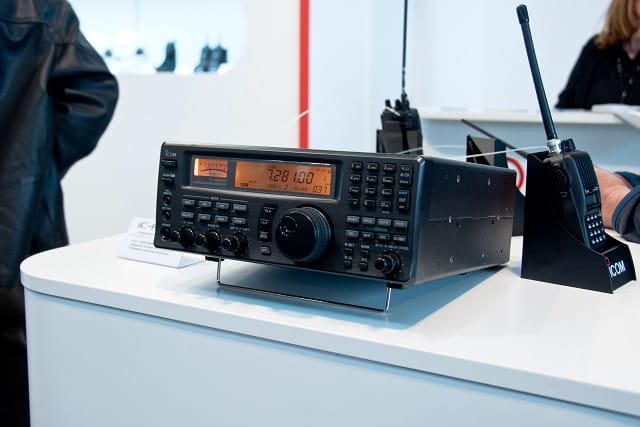
These are three fundamental measures, now we can get to some tricks and tips if you want a better range. The Tactics are landed on years of experience and various ham radio exams, so you know they work.
Fresh Batteries Are Good Power
While it seems kind of elementary, one of the surest ways to extend your two-way radios distance is simply to ensure you are using fresh, charged batteries. Eventually, as your battery starts to drain — also in proportion with the drainage is actually signal strength lowering and reducing associated with range. Make sure to always have a full battery when you start your journey, and maybe some spare batteries if it is a longer one.
Fine-tuning Your Antenna Location: Inches Matter
We’ve previously discussed the necessity of antenna quality, but positioning is as important. Hold your walkie-talkie upright, antenna pointing straight up. This posture enables for the most effective signal transmission. If you’re in a car, an extra antenna can significantly increase your range.
Select Open Locations: Line of Sight Matters
Whenever possible, select a position with a clear line of sight to your chosen conversation partner. A hilltop or other elevated location is good. The less impediments between you and the other person, the more efficiently your signal will travel. This is especially critical if you want to converse across vast distances.
Adjust Power Settings: More Power, More Range
If your handheld radio has changeable power settings, try raising the power output while communicating over greater distances. Remember that higher power settings may deplete your battery faster, so use them wisely.
Utilize Repeaters: The Ultimate Range Booster
A repeater is your best friend for communicating crucial information, especially over long distances. Repeaters take up your signal, amplify it, and broadcast it over a larger region, thereby increasing your communication range. This is especially beneficial in emergency situations or when communicating with a large group.
Looking for a guide to setting up an amateur radio repeater? Click here for setup tips, types, coverage, and top brands of radio repeaters.
Debunking the Myths: Realistic Range vs. Marketing Claims
The FRS 100-mile marketing promises using a little walkie-talkie rated for half a watt, to address the elephant in the room. This might sound great but as you know, the reality is sometimes far from amazing. And you will not get anywhere near those ranges under the ideal circumstances. Under ideal conditions a professional-grade walkie-talkie might be able to communicate up to 20 miles, while most consumer versions will generally only cover one or two miles. Repeater-enabled high-power units can push the range further, but you must temper your expectations.
Practical Applications and Final Thoughts
So how effectively does your mobile walkie-talkie actually work? It Depends Power output frequency band geography antenna quality atmospheric conditions all have to be taken into account. Knowing these features and changing them will significantly boost your walkie-talkies range. If you are heading for a group communication in a large area or you want to communicate far from your transmitting area, it can be helpful for you to know about how to increase the range.
Keep in mind, walkies have their limitations but with the right setup and knowledge can be pushed to its boundaries for maximum device efficiency. Stay tuned to TalkieTrail.com for more ham radio suggestions and reviews. Until next time, happy communicating!

